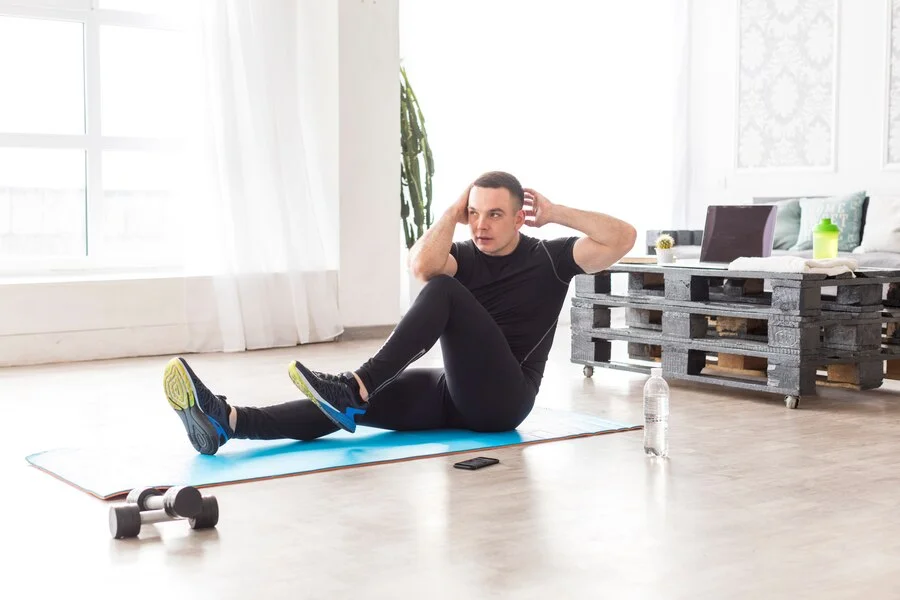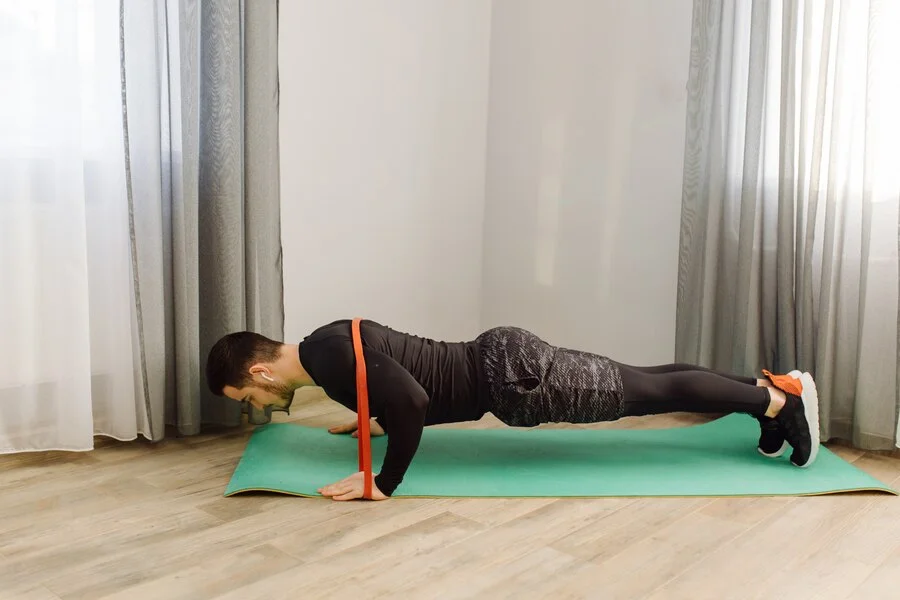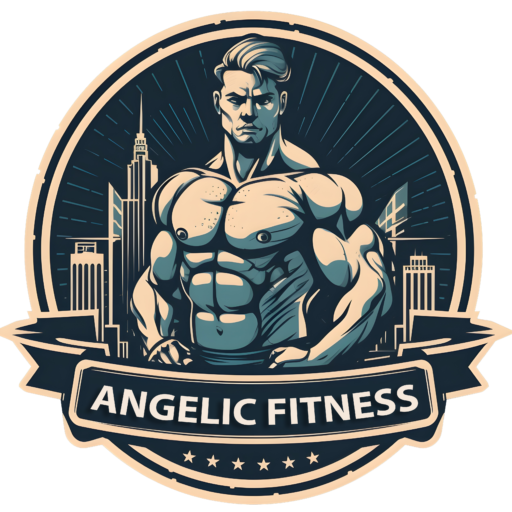Core Exercises: Strengthening Your Foundation
Core exercises are an essential component of any fitness routine, yet they are often overlooked or misunderstood. In this article, we will delve into the world of core exercises, exploring their benefits, different types, and how to add them into your workout regimen effectively.
Understanding Core Muscles

The Importance of Core Strength
The core encompasses more than just your abs; it includes muscles in your pelvis, lower back, hips, and abdomen. These muscles work together to provide stability, balance, and support for your entire body. Building core strength can improve posture, reduce the risk of injury, and enhance athletic performance.
Common Misconceptions
There is a misconception that crunches alone can give you a strong core. While crunches are beneficial, they only target a small portion of your core muscles. A well-rounded core workout should include exercises that target all areas of the core.
Types of Core Exercises

Isometric Exercises
Isometric exercises involve holding a position to engage your core muscles without movement. Planks are a classic example of an isometric core exercise that targets multiple muscle groups simultaneously.
Dynamic Exercises
Dynamic core exercises involve movement and often incorporate equipment such as medicine balls or resistance bands. These exercises challenge your core stability while also improving coordination and functional strength.
Benefits of Core Exercises

Improved Posture
A strong core helps maintain proper alignment of the spine, reducing the likelihood of slouching or poor posture. By strengthening the muscles that support your spine, you can alleviate strain on your back and neck.
Enhanced Athletic Performance
Whether you’re a runner, a cyclist, or a weightlifter, a strong core is essential for optimal performance. Core stability improves balance, power transfer, and overall athleticism, allowing you to excel in your chosen sport or activity.
Reduced Risk of Injury
Weak core muscles can lead to imbalances and compensations that increase the risk of injury, particularly in the lower back and hips. By strengthening your core, you can improve stability and reduce the likelihood of strains, sprains, and other common injuries.
Basic Core Exercises for Beginners

Plank
Start in a push-up position, with your hands directly under your shoulders and your body forming a straight line from head to heels. Hold this position for 30 seconds to 1 minute, engaging your core muscles throughout.
Crunches
Lie on your back with your knees bent and your feet flat on the floor. Place your hands behind your head or crossed over your chest. Lift your shoulders off the floor, engaging your abdominal muscles, then lower back down with control.
Russian Twists
Sit on the floor with your knees bent and your feet flat on the ground. Lean back slightly and lift your feet off the floor, balancing on your sit bones. Hold a weight or medicine ball in front of your chest and twist your torso from side to side, engaging your obliques.
Intermediate Core Exercises

Mountain Climbers
Start in a plank position, then quickly alternate bringing your knees toward your chest, keeping your hips low and your core engaged. Move with control, maintaining proper form throughout.
Leg Raises
Lie on your back with your legs straight and your arms at your sides. Lift your legs toward the ceiling, keeping them straight, then lower them back down slowly, maintaining tension in your abdominal muscles.
Bicycle Crunches
Lie on your back with your hands behind your head and your legs lifted, knees bent at a 90-degree angle. Bring your right elbow toward your left knee while straightening your right leg, then switch sides in a pedaling motion.
Advanced Core Exercises

Hanging Leg Raises
Hang from a pull-up bar with your arms extended and your legs straight. Engage your core and lift your legs toward the ceiling, then lower them back down with control. Avoid swinging or using momentum to lift your legs.
Medicine Ball Slams
Stand with your feet hip-width apart, holding a medicine ball above your head. Slam the ball down forcefully onto the ground, then catch it on the bounce and repeat.
Hollow Body Hold
Lie on your back with your arms extended overhead and your legs straight. Lift your shoulders and legs off the ground, forming a “banana” shape with your body. Hold this position for as long as possible while keeping your core engaged.
Adding Core Exercises into Your Routine

Frequency and Duration
Try to incorporate core exercises into your routine at least 2-3 times per week, allowing for adequate rest between sessions. Aim for 10-15 minutes of core work per session, focusing on proper form and technique.
Combining with Other Workouts
Core exercises can be added to the beginning or end of your regular workout routine, or you can dedicate specific days to core-focused workouts. Mix and match exercises to target different areas of the core and keep your workouts challenging and engaging.
Tips for Proper Form

Engage Your Core
Focus on drawing your navel toward your spine and maintaining tension in your abdominal muscles throughout each exercise. This will help stabilize your spine and protect your lower back.
Avoid Straining Your Neck
When performing crunches or any exercise that involves lifting your head and shoulders off the ground, avoid pulling on your neck with your hands. Instead, focus on using your abdominal muscles to lift your upper body.
Breathe Properly
Don’t hold your breath during core exercises; instead, exhale on the exertion phase of the movement and inhale as you return to the starting position. This will help maintain proper oxygen flow to your muscles and prevent fatigue.
Common Mistakes to Avoid

Relying Solely on Crunches
While crunches can be effective for targeting the rectus abdominis (six-pack muscles), they neglect other important muscles in the core, such as the obliques and transverse abdominis. Incorporate a variety of exercises to ensure you’re working all areas of your core.
Ignoring Lower Back Muscles
A balanced core workout should include exercises that target both the front and back of your core. Neglecting the lower back muscles can lead to imbalances and increase the risk of injury.
Overtraining
Like any muscle group, your core muscles need time to rest and recover between workouts. Avoid overtraining by giving your core adequate rest days and varying your routine to prevent burnout.
Challenges and Progression

Tracking Your Progress
Keep a workout journal or use a fitness app to track your core workouts and monitor your progress over time. Record the exercises you perform, the number of sets and reps, and any modifications or variations you incorporate.
Setting Realistic Goals
Whether your goal is to improve core strength, increase endurance, or sculpt your abs, set realistic and achievable goals for yourself. Break larger goals into smaller milestones and celebrate your progress along the way.
Nutrition and Core Strength

Importance of a Balanced Diet
Proper nutrition is essential for supporting your fitness goals, including building and maintaining core strength. Focus on consuming a balanced diet rich in lean protein, healthy fats, complex carbohydrates, and plenty of fruits and vegetables.
Hydration
Staying hydrated is crucial for overall health and performance, including during your core workouts. Drink plenty of water throughout the day, especially before and after exercise, to replenish fluids lost through sweat.
Adding Core Exercises for Specific Goals

Weight Loss
Core exercises alone won’t spot-reduce fat around your midsection, but they can help strengthen and tone your abdominal muscles. Pair core workouts with a balanced diet and regular cardiovascular exercise to support weight loss efforts.
Improving Flexibility
Many core exercises require a good range of motion in the hips and spine, so incorporating flexibility exercises into your routine can enhance your performance and reduce the risk of injury. Include stretches for the hip flexors, hamstrings, and lower back in your warm-up and cool-down.
Enhancing Balance
Balance is a key component of core strength, so incorporating balance exercises into your routine can further challenge your core muscles. Try standing on one leg, using a balance board, or performing stability ball exercises to improve balance and coordination.
The Role of Rest and Recovery

Importance of Rest Days
Rest and recovery are crucial for allowing your muscles to repair and grow stronger after intense workouts. Listen to your body and give yourself permission to take rest days when needed, especially if you’re feeling fatigued or sore.
Injury Prevention
In addition to rest, proper recovery strategies such as foam rolling, stretching, and adequate hydration can help prevent injuries and improve overall performance. Don’t neglect the importance of recovery in your fitness routine.
Conclusion
Core exercises are a fundamental aspect of any well-rounded fitness program, offering numerous benefits for strength, stability, and overall health. By incorporating a variety of core exercises into your routine and focusing on proper form and technique, you can strengthen your core muscles, improve posture, and reduce the risk of injury. Whether you’re a beginner or an experienced athlete, there are core exercises suitable for every fitness level and goal.
FAQ’S
How do I strengthen my core for beginners?
Start with basic core exercises like planks and crunches, gradually increasing intensity and incorporating variations as you progress. Consistency and proper form are key to building core strength effectively.
How do I start working on my core?
Begin with foundational exercises such as planks and bridges, gradually adding more challenging movements like mountain climbers and bicycle crunches as you build strength and endurance. Consistency and proper form are essential for progress.
What is the most effective core exercise?
Plank.
Is core good for beginners?
Yes.






